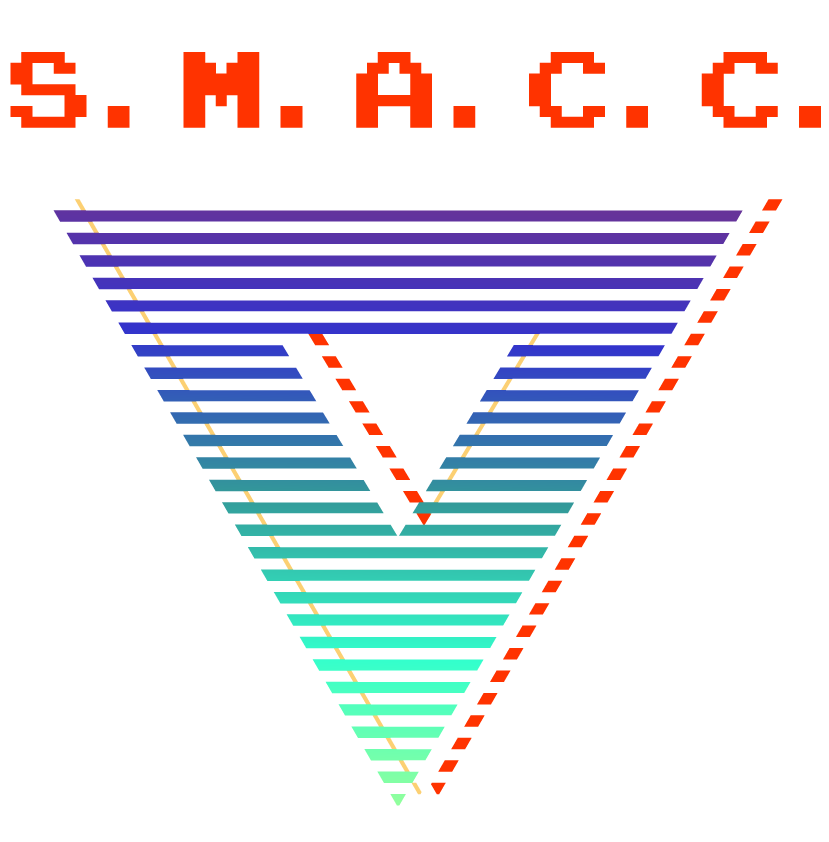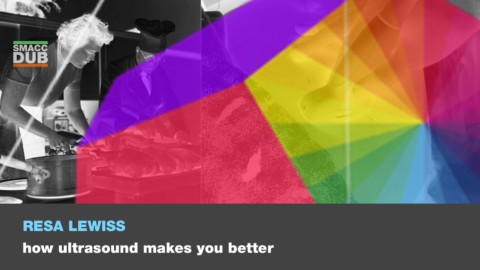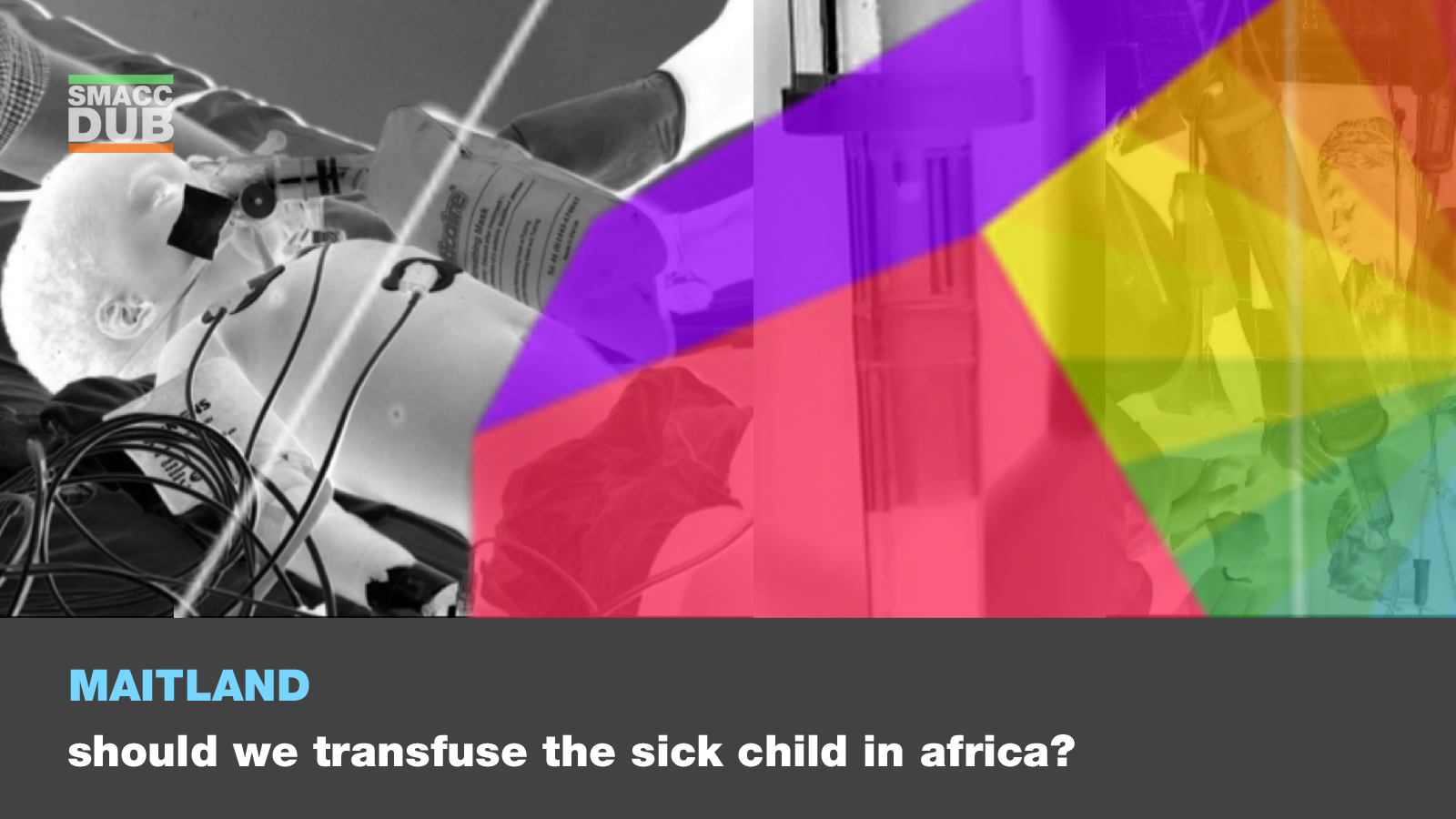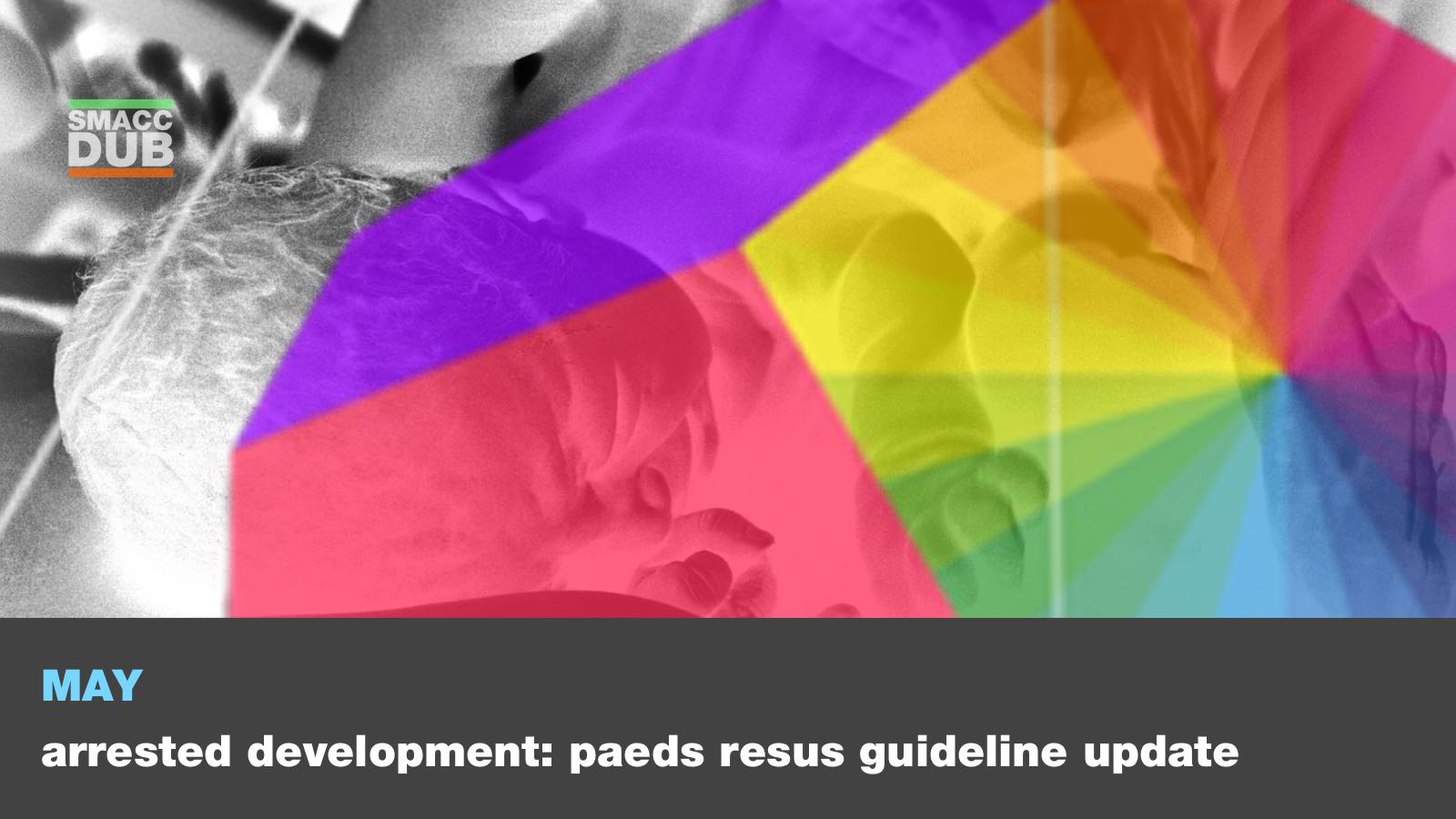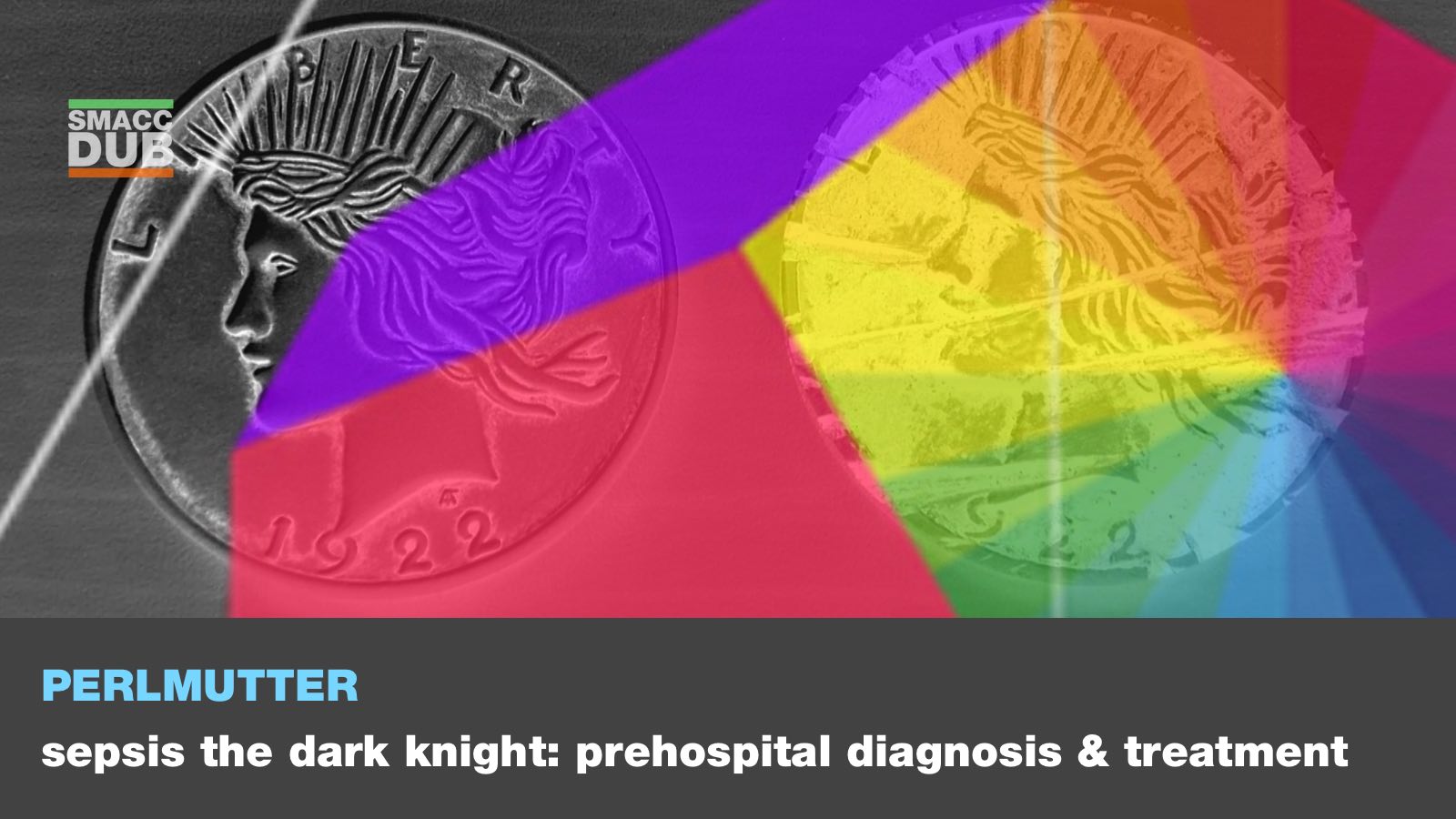How Usual Resuscitative Maneuvers Can Kill Paediatric Cardiac Patients
Summary by: Michele Domico
Your most favorite resuscitation items such as oxygen, bolus epinephrine, intubation and cardioversion may in fact be harmful for the pediatric cardiac patient presenting to the emergency department in extremis. Due to the physiology of certain complex congenital heart diseases, the usual resuscitation maneuvers may in fact kill the patient instead of helping. Supplemental oxygen can worsen the pulmonary to systemic blood flow ratio in single ventricle patients and cause them to have rising lactate levels and cardiac arrest from low systemic cardiac output. Intubation and positive pressure ventilation may impede pulmonary blood flow in patients with a Glenn shunt and the patient can become more desaturated. With increasing PEEP and higher respiratory rates the patients will continue to deteriorate and desaturate. Regular dosing of epinephrine boluses in patients with single ventricle physiology who are dwindling (nearly arresting), can actually worsen their systemic output by increasing systemic vascular resistance and promoting pulmonary overcirculation. Cardioversion of a previously healthy pediatric patient might be tempting when you see what looks like a stable ventricular tachycardia. This wide complex rhythm has fooled many people into shocking it. You might in fact be dealing with something else and can make the patient infinitely worse by shocking.
